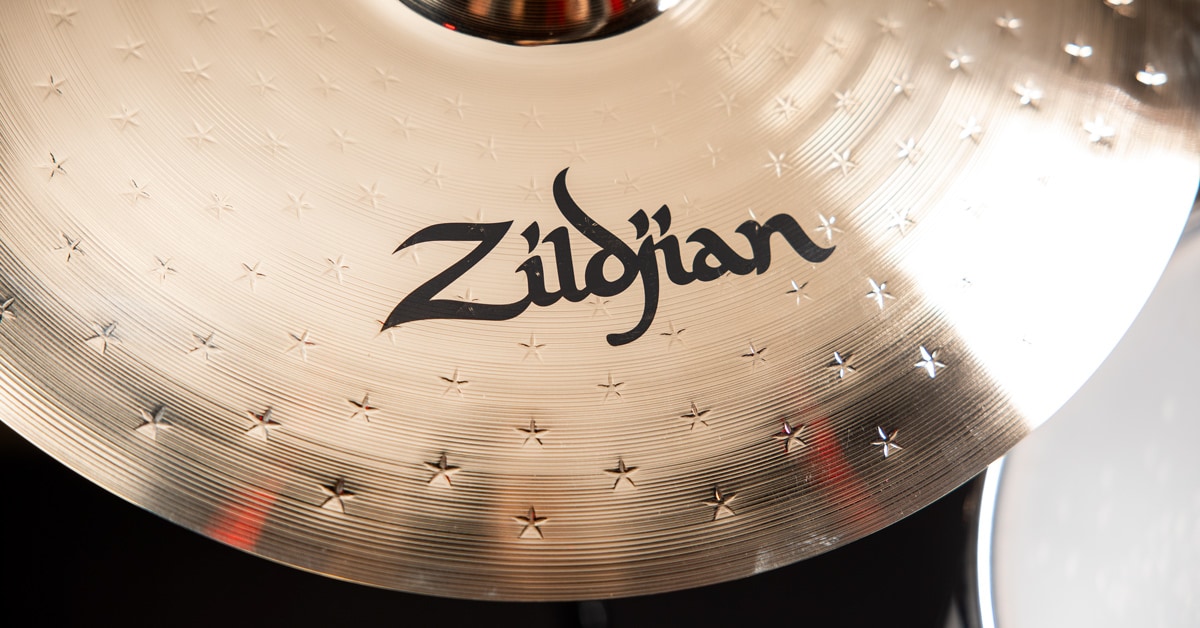Three decades after their original release, and 15 years since being discontinued, Zildjian Z line cymbals are once again raging on stage and in the studio. Designed specifically for driving ferocious and hard-hitting rock and metal styles, the resurrected Z Custom line was prompted by the enormous global ascension of heavy music in recent years, as well as widespread and continuous requests (and even demands) from drummers.
The new Zildjian Z Custom line offers hi-hat, ride, crash and China cymbals—all forged for power, projection, cut-through-the-mix brightness and superhero-like indestructibility, and embellished with stunning hammered star icons. Historically, the Z line has been so perfect for punk, metal, extreme prog, industrial and other feral styles, you may wonder why the cymbals ever faded away. To answer that question—and share the development and manufacturing of the Z Custom line—is Avedis Zildjian Innovation Manager Guy Licata.
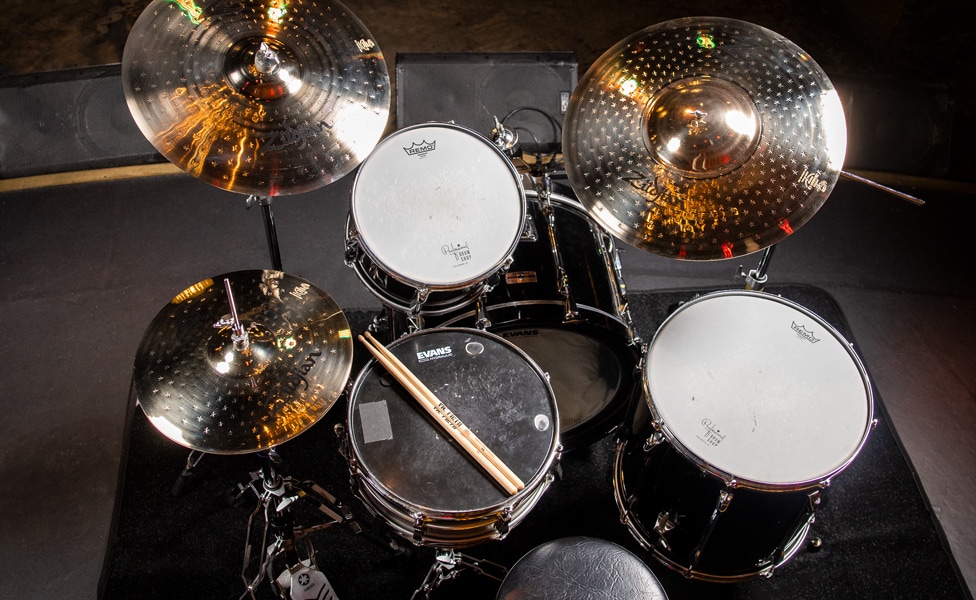
Pictured: Zildjian Z Custom Cymbals
The original Z line was discontinued early in its run, as compared to the still-popular A and K lines. What prompted Zildjian to temporarily pause the Z Custom cymbals?
Guy Licata: Like the majority of our cymbal families, the Z family saw a natural progression through the years. Launched in 1986 with 15 models, the first Z family spoke to how music was changing at the time, as it moved into more aggressive styles of hard rock and heavy metal. While the original Z line answered the call at the time, Z Custom was launched in 1994, with updated models, sounds and manufacturing processes to keep up with the ever-changing musical landscape. Z Custom saw another update across the line in 2001, followed by Z3 in 2009.
For the latest Z Custom line, Zildjian Master Cymbal Maker Joe Pallai was inspired by the shapes and hammering of early Z and Z Custom families, but he blended them with more contemporary cymbal qualities. The result is the same intense power, projection and volume, with a quicker response. There’s also a more musical, versatile character with great durability.
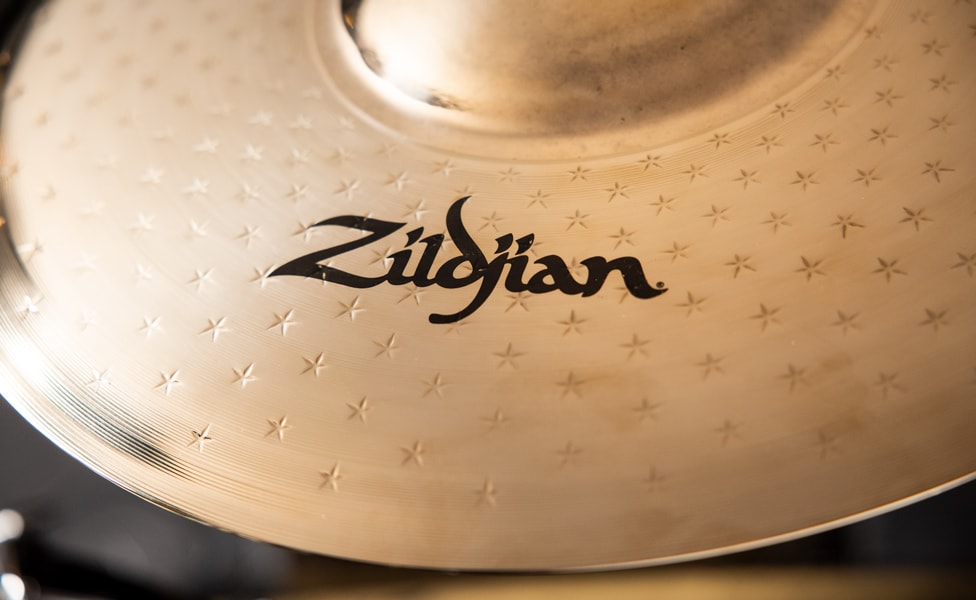
Pictured: Zildjian Z Custom Mega Bell 21" Ride Cymbal
What was the original inspiration for crafting such a loud and aggressive cymbal for rock, heavy metal and punk drummers?
Avedis III and Armand always said, “Follow the music.” The A Zildjian family of cymbals iterated through the years to compliment the larger, louder guitar amplifiers, as well as the heavy sound reinforcement that the rock and roll of the ’60s and ’70s brought. When the ’80s brought heavy metal and punk, we were all ears, and we worked with our artists to craft the right tools for the job.
Why did the Zildjian team feel the time was right to revive the Z line this year?
Once again, we followed the music. Heavy music has always had a foothold in popular culture—though trends through the early ’00s moved away from heavier, brighter cymbal sounds. As the genres and artists have come back as strong than ever, it was a perfect time to reintroduce the line. Additionally, the Z Custom line is easily the most requested line over the past decade. We’re excited to bring them back into the world.
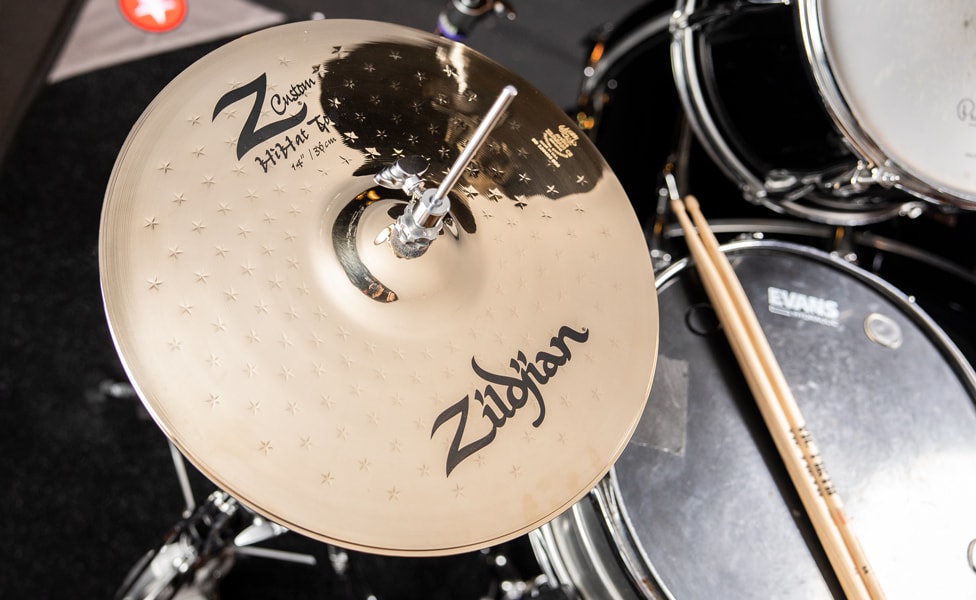
Pictured: Zildjian Z Custom 14" Hi-Hat Cymbal
Did the team update the voicing of the new Z Custom cymbals based on player feedback and market data collected from the original line, or are the sonic qualities much the same between the two versions?
To quote Joe Pallai, “The new Z Custom family is my love letter to heavy metal.” Joe is a lifelong metalhead, and Z Custom was initially a passion project while he was working on other designs. Also, Joe has worked with some of the heaviest players during his 30-year tenure at Zildjian, and he drew from those experiences. However, he also understood the appeal of more modern lines and the heavier hitters who played them. Direct artist feedback is always a component of our R&D process and was considered and integrated into the final designs. While there have been many flavors of the Z family through the years, we believe we retained all the vital ingredients, while adding more range and musicality to each model and the line.
The original Z Custom cymbals had round hammered icons across the surface, while the new Z Customs have a great looking hammered star icon. Are the stars more of a cosmetic offering, or do they add a particular sonic quality to the cymbal?
As well as aesthetics, hammer shape, and pattern are always key components to a cymbal’s sound. The original Z family and earlier Z Custom cymbals used the iconic alternative shapes—each for a specific model type, such as hi-hats, crashes, rides and Chinas. While visually striking, some of these shapes worked better than others sonically, and we eventually updated them to the round shape you see on second generation Z Custom. For the new Z Custom, we went back to our roots and experimented with the earlier shapes across every model. The star tool bridged the old and the new beautifully.
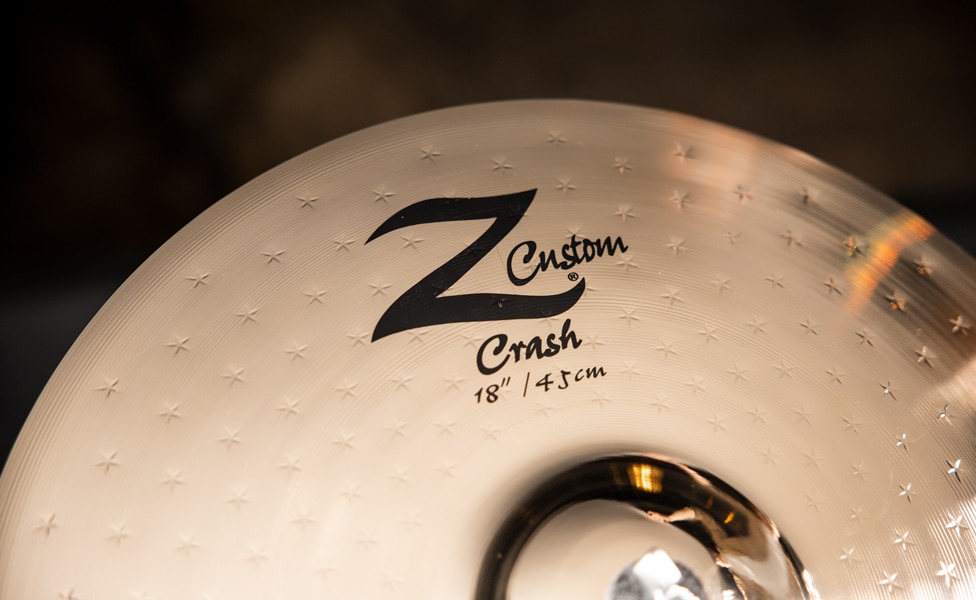
Pictured: Zildjian Z Custom 18" Crash Cymbal
Obviously, all cymbals need to cut to some degree, but when designing a cymbal to bust through loud, distorted guitars and densely layered music mixes, does the team voice the cymbal to a particular frequency range?
When it comes to creating sheer volume and projection, a cymbal needs a balance of thickness, weight, profile shape, bell shape and bell size. A thicker cymbal will be higher in pitch, producing more cutting, brighter frequencies. A higher profile will also bring the pitch up, and a larger bell will affect volume and overall character. Getting the mix right is the hardest part, as each aspect informs the other. A cymbal that is too thick might cut, but sound too clang-y overall. If the profile is too high, you’ll get a higher pitch, but lose projection and feel. Cymbals are idiophones, and while they have a fundamental pitch, they also contain an overwhelming amount of harmonics. For that reason, we don’t identify specific frequencies to match, but rather focus on how an entire family works together in a wider sonic range.
Were there tests to determine if the Z Customs are too aggressive sounding, or not aggressive enough? How is that desired range determined by the design team—by ear, user feedback or digitally recorded sonic analysis?
Having 400 years of cymbal-making experience, we’re able to look at hundreds of models we’ve made to draw inspiration from. A key goal for redesigning this line was adding musicality and versatility. Most cymbal lines dedicated to higher-volume applications can tend to be rather one dimensional—the term “manhole cover” gets batted around frequently.
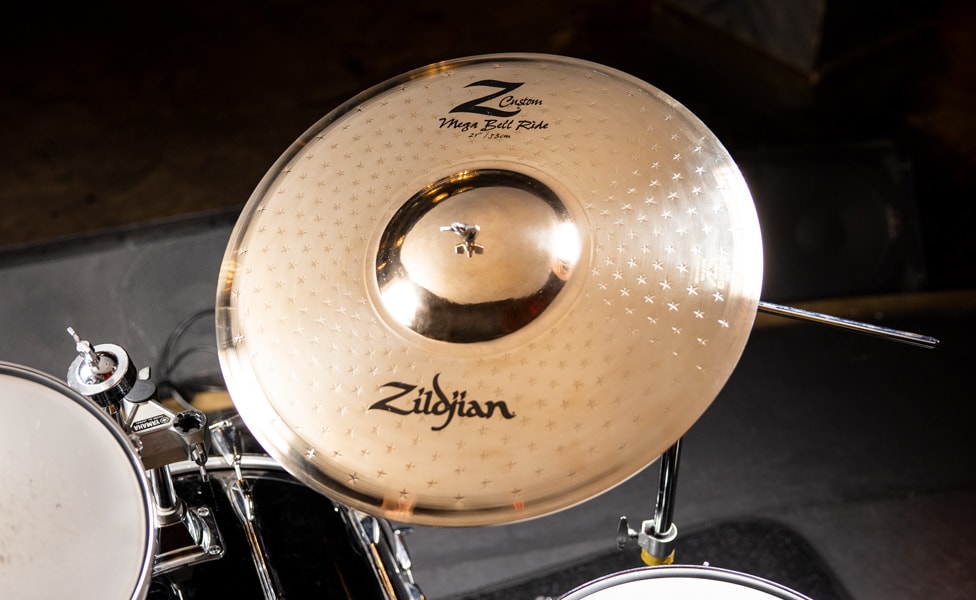
Pictured: Zildjian Z Custom Mega Bell 21" Ride Cymbal
From there, we identify key characteristics and the associated production processes that create them. When the previous Z Custom line was discontinued, many of the models found a home in the heavier A Zildjian line. We looked at the qualities of that family—and a handful of others—to pinpoint the sweet spots. All R&D processes involve some input coming directly from the Zildjian team—along with artist feedback—but all parties are always using their ears. We do have some technology that allows an incredibly deep analysis, and helps make the design process more efficient, but our ears are our most valuable tool.
Were any improvements to materials and manufacturing made to the new Z Custom cymbals compared to the original versions?
At Zildjian, we’ve always been dedicated to continuous improvement. The new Z Custom line was no exception, and we implemented several advancements that came about over the past 10 to 15 years. One is increased ductility—more flex—that allows for a more durable cymbal without sacrificing volume and projection.
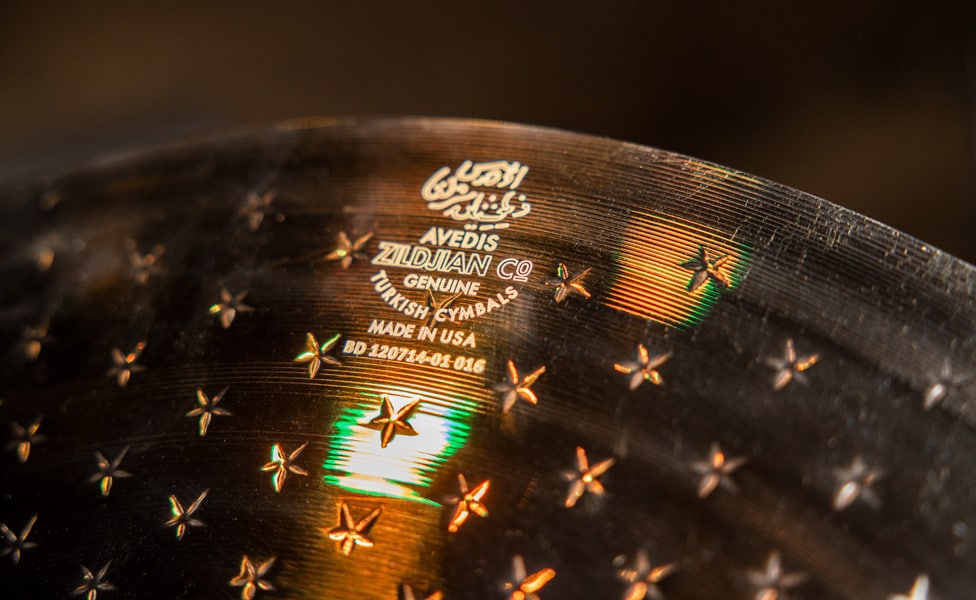
Pictured: Avedis Zildjia Co. Insignia on Zildjian Z Custom Cymbal
Specifically, how would you counsel a metal or hard rock drummer to consider the Z Custom line over the more conventional range of Zildjian cymbals?
Z Custom was built for you. You no longer need to sacrifice response, musicality and versatility for volume, projection and durability. To quote Joe Pallai once again, “The new Z Custom cymbals are metal—reimagined.”










